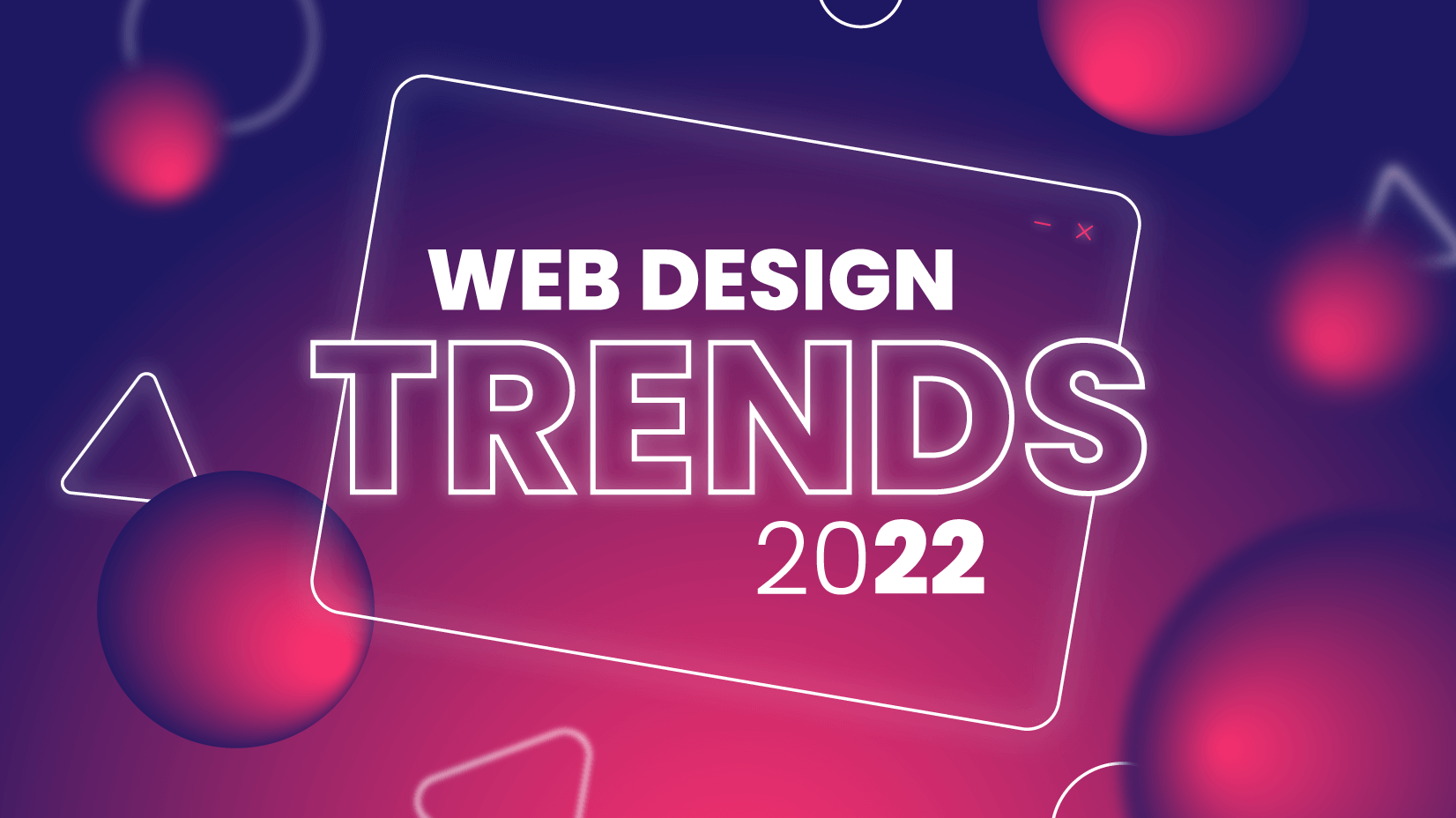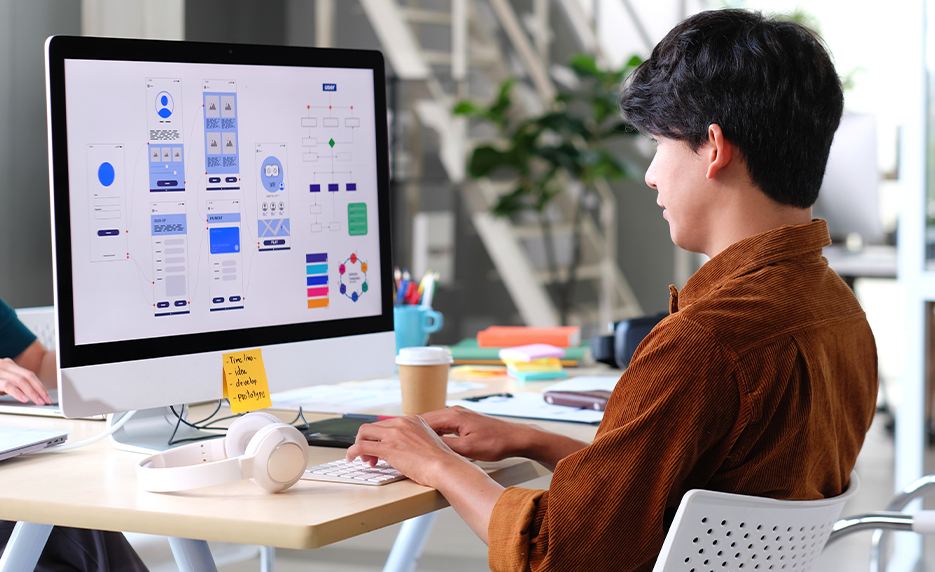All Categories
Featured
Table of Contents
- – Trajectory: Atlanta Web Design Company Tips an...
- – Web Design Studio & Digital Marketing Agency ...
- – Indianapolis Web Design And Digital Marketing...
- – What Does A Web Designer Do? - Careerexplorer...
- – Powderkeg: Web Design Madison, Wi Tips and Tr...
- – Web Design Company In Orlando, Florida And Ba...
- – The Top 10 Most Important Elements Of A Webs...
- – Why Good Web Design Is Important, And Why Yo...
- – Web Design - Wikipedia Tips and Tricks:
- – Web Design - The First 100 Years - Idle Word...
- – Web Design Tutorials By Envato Tuts+ Tips an...
Trajectory: Atlanta Web Design Company Tips and Tricks:
Quick summary Usability and the energy, not the visual design, determine the success or failure of a site. Since the visitor of the page is the only individual who clicks the mouse and therefore chooses everything, user-centric style has established as a standard approach for effective and profit-oriented web style - web design frederick md.
and the utility, not the visual style, identify the success or failure of a site. Given that the visitor of the page is the only person who clicks the mouse and therefore chooses everything, user-centric style has become a standard method for effective and profit-oriented web style. After all, if users can't use a feature, it may as well not exist.
g. where the search box ought to be put) as it has actually already been performed in a number of short articles; instead we concentrate on the techniques which, utilized correctly, can lead to more sophisticated style decisions and streamline the process of perceiving provided information. Please see that you might be interested in the usability-related posts we have actually published prior to: Principles Of Excellent Website Design And Efficient Website Design Guidelines, In order to use the concepts correctly we first require to understand how users communicate with sites, how they think and what are the fundamental patterns of users' habits.
Web Design Studio & Digital Marketing Agency • Gravitate Tips and Tricks:
Visitors look at each brand-new page, scan some of the text, and click the first link that captures their interest or vaguely looks like the thing they're looking for. In fact, there are big parts of the page they don't even take a look at. Most users look for something fascinating (or useful) and clickable; as quickly as some appealing candidates are discovered, users click.
If a page offers users with premium material, they are ready to jeopardize the content with advertisements and the design of the site. This is the reason that not-that-well-designed websites with top quality content gain a lot of traffic over years. Content is more crucial than the design which supports it.

Users do not check out, they scan. Notification how "hot" locations abrupt in the middle of sentences. This is typical for the scanning procedure. Extremely easy principle: If a site isn't able to meet users' expectations, then designer failed to get his job done effectively and the company loses cash. The greater is the cognitive load and the less instinctive is the navigation, the more prepared are users to leave the site and search for alternatives.
Indianapolis Web Design And Digital Marketing Agency Tips and Tricks:
Neither do they scan web page in a direct fashion, going sequentially from one website section to another one. Rather users satisfice; they pick the first sensible choice. As quickly as they discover a link that appears like it might lead to the goal, there is a great opportunity that it will be immediately clicked.
It doesn't matter to us if we comprehend how things work, as long as we can utilize them. If your audience is going to imitate you're designing signboard, then design fantastic signboards." Users desire to be able to manage their internet browser and rely on the constant information presentation throughout the website.
If the navigation and website architecture aren't instinctive, the variety of enigma grows and makes it harder for users to comprehend how the system works and how to get from point A to point B. A clear structure, moderate visual ideas and quickly recognizable links can help users to discover their course to their aim.
What Does A Web Designer Do? - Careerexplorer Tips and Tricks:

claims to be "beyond channels, beyond items, beyond circulation". What does it suggest? Given that users tend to check out websites according to the "F"-pattern, these three statements would be the very first aspects users will see on the page once it is packed. Although the style itself is simple and user-friendly, to understand what the page is about the user requires to browse for the answer.
As soon as you've achieved this, you can interact why the system is useful and how users can benefit from it. Do Not Squander Users' Patience, In every job when you are going to offer your visitors some service or tool, attempt to keep your user requirements very little.
Novice visitors are ready to, not filling long web forms for an account they might never utilize in the future. Let users check out the site and discover your services without forcing them into sharing private data. It's not sensible to force users to get in an email address to evaluate the function.
Powderkeg: Web Design Madison, Wi Tips and Tricks:
And that's what you desire your users to feel on your web site. The registration can be done in less than 30 seconds as the form has horizontal orientation, the user does not even require to scroll the page.
A user registration alone is adequate of an obstacle to user navigation to cut down on incoming traffic. Handle To Focus Users' Attention, As websites offer both fixed and dynamic material, some elements of the user interface attract attention more than others do.
Focusing users' attention to specific areas of the site with a moderate use of visual aspects can assist your visitors to get from point A to point B without thinking about how it actually is supposed to be done. The less question marks visitors have, the they have and the more trust they can establish towards the business the website represents.
Web Design Company In Orlando, Florida And Bangor, Maine Tips and Tricks:
4. Pursue Feature Direct exposure, Modern website design are typically slammed due to their technique of guiding users with aesthetically appealing 1-2-3-done-steps, large buttons with visual results etc. From the design perspective these aspects in fact aren't a bad thing. On the contrary, such as they lead the visitors through the site content in a really basic and easy to use method.
The site has 9 main navigation choices which show up at the first glance. The choice of colors may be too light, though. is a fundamental principle of effective interface design. It doesn't really matter how this is attained. What matters is that the material is well-understood and visitors feel comfortable with the way they engage with the system.
Rather a cost: simply what visitors are looking for. An ideal solution for efficient writing is touse short and concise expressions (come to the point as rapidly as possible), use scannable layout (classify the material, use numerous heading levels, utilize visual aspects and bulleted lists which break the flow of uniform text blocks), use plain and unbiased language (a promotion does not require to sound like advertisement; provide your users some reasonable and unbiased factor why they should utilize your service or remain on your website)6.
The Top 10 Most Important Elements Of A Website Design Tips and Tricks:
Users are seldom on a website to enjoy the design; in addition, in a lot of cases they are searching for the details regardless of the style - web design frederick md. Pursue simplicity rather of intricacy. From the visitors' perspective, the very best site design is a pure text, without any ads or more material blocks matching exactly the inquiry visitors utilized or the content they have actually been trying to find.
Finch clearly presents the information about the website and provides visitors a choice of choices without overcrowding them with unneeded content. Not only does it help to for the visitors, however it makes it possible to perceive the info presented on the screen.
Complex structures are harder to check out, scan, examine and deal with. If you have the choice in between separating two style sectors by a noticeable line or by some whitespace, it's generally much better to use the whitespace service. (Simon's Law): the better you handle to supply users with a sense of visual hierarchy, the easier your content will be to perceive.
Why Good Web Design Is Important, And Why You Need It Tips and Tricks:
The very same conventions and guidelines need to be applied to all elements.: do the most with the least amount of hints and visual components. Clarity: all parts must be developed so their significance is not uncertain.
Conventions Are Our Friends, Standard style of site components doesn't result in an uninteresting web site. It would be a functionality nightmare if all sites had different visual discussion of RSS-feeds.
understand what they're anticipating from a website navigation, text structure, search placement etc. A case in point from usability sessions is to translate the page in Japanese (assuming your web users do not know Japanese, e. g. with Babelfish) and provide your usability testers with a task to discover something in the page of various language.
Web Design - Wikipedia Tips and Tricks:
Steve Krug suggests that it's better to, however benefit from conventions when you don't. 10. Test Early, Test Typically, This so-called TETO-principle should be used to every web style project as use tests often supply into substantial issues and concerns associated with a provided design. Test not far too late, not too little and not for the incorrect factors.
Some crucial points to bear in mind: according to Steve Krug, and screening one user early in the task is much better than screening 50 near the end. Accoring to Boehm's very first law, mistakes are most frequent throughout requirements and style activities and are the more costly the later they are eliminated.
That suggests that you design something, test it, fix it and then test it once again. There might be problems which haven't been discovered throughout the very first round as users were practically blocked by other issues.
Web Design - The First 100 Years - Idle Words Tips and Tricks:

This holds for designers. After you have actually worked on a website for couple of weeks, you can't observe it from a fresh viewpoint anymore. You understand how it is built and therefore you understand precisely how it works you have the knowledge independent testers and visitors of your site wouldn't have.
It can be connected to other areas such as graphic design, user experience, and multimedia arts, but is more appropriately seen from a technological viewpoint. It has actually ended up being a large part of people's everyday lives. It is difficult to envision the Web without animated graphics, various styles of typography, background, videos and music.

During 1991 to 1993 the World Wide Web was born. Text-only pages might be viewed using a basic line-mode browser. There had been no integrated approach to graphic design components such as images or noises.
Web Design Tutorials By Envato Tuts+ Tips and Tricks:
The W3C was developed in October 1994 to "lead the Web to its complete capacity by developing common protocols that promote its evolution and ensure its interoperability." This prevented any one business from monopolizing a propriety web browser and programs language, which could have modified the effect of the Web as a whole.
As this has happened the innovation of the web has also moved on. There have likewise been significant changes in the way people use and access the web, and this has altered how websites are designed.
Learn more about Lovell Media Group LLC or TrainACETable of Contents
- – Trajectory: Atlanta Web Design Company Tips an...
- – Web Design Studio & Digital Marketing Agency ...
- – Indianapolis Web Design And Digital Marketing...
- – What Does A Web Designer Do? - Careerexplorer...
- – Powderkeg: Web Design Madison, Wi Tips and Tr...
- – Web Design Company In Orlando, Florida And Ba...
- – The Top 10 Most Important Elements Of A Webs...
- – Why Good Web Design Is Important, And Why Yo...
- – Web Design - Wikipedia Tips and Tricks:
- – Web Design - The First 100 Years - Idle Word...
- – Web Design Tutorials By Envato Tuts+ Tips an...
Latest Posts
Google Web Designer - Home Tips and Tricks:
The Leader In Website Design – Squarespace Tips and Tricks:
Modern Website Designs - Best Web Page Designers Tips and Tricks:
More
Latest Posts
Google Web Designer - Home Tips and Tricks:
The Leader In Website Design – Squarespace Tips and Tricks:
Modern Website Designs - Best Web Page Designers Tips and Tricks: